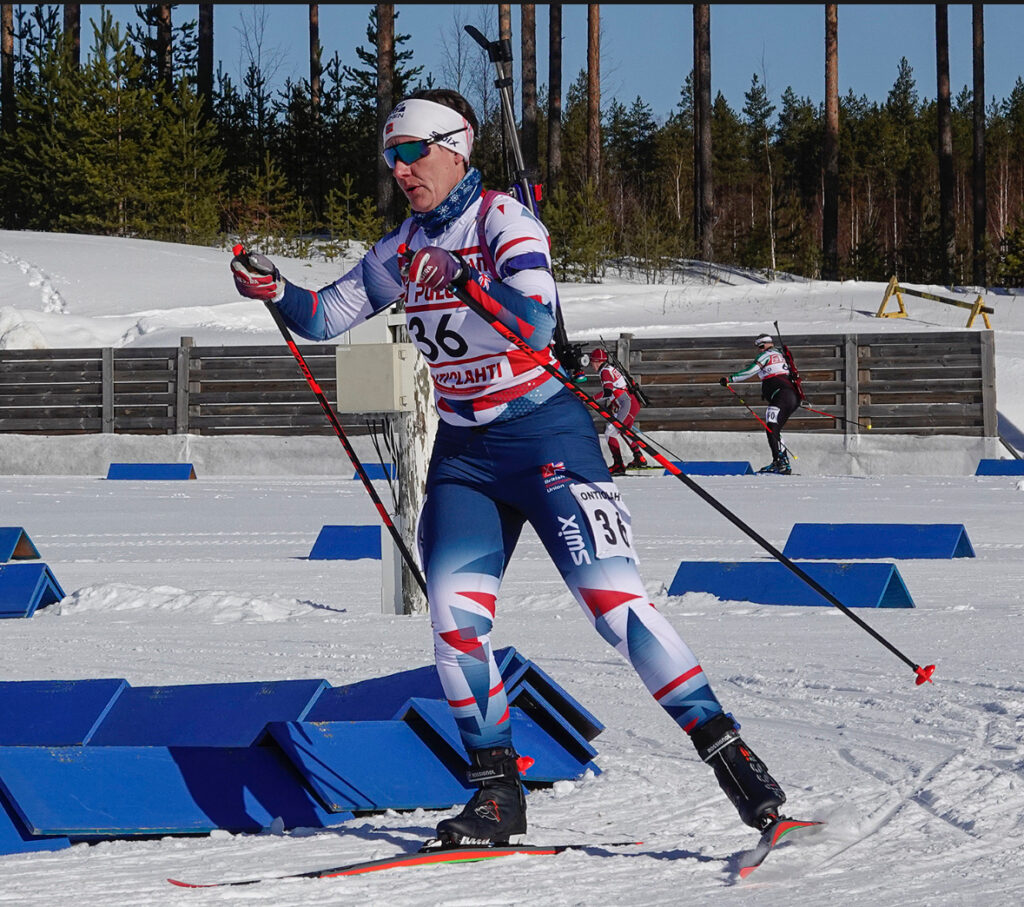In this post we explore how to get stronger and faster at 50, through an insightful case study of a master’s biathlete.

Dominique (pictured above) has featured on this blog before, winning age group medals in international biathlon events.
She’s just done something more extraordinary however. In a recent biathlon event in Norway she went faster than she’d ever been before. At 50.
This is obviously counter to what we know about the effects of the ageing process.
We know, for example, that the human potential for athletic performance begins to wane as you enter your late 20s.
This is especially true for athletes competing in high-intensity, short-duration events like sprint biathlons, where performance is impacted by a decline in VO₂ max, a gradual loss of fast-twitch muscle fibers, and reduced neuromuscular control.
So how did Dominique get faster at 50?
The simple explanation is regular resistance training.
Whilst it’s true Dominique came to biathlon relatively late, many of her competitors are noticing their performances decline year on year,
Dominique is able to keep improving because she’s diligently working to maintain her muscular system.
Endurance athletes in particular often assume that simply doing their sport is enough~it’s not. This comes into sharp relief past 50 as the effects of ageing become more noticeable.
These can be ameliorated with resistance training however, as Dominique has ably demonstrated.
Not just faster, stronger too
Interestingly, Dominique’s performance improvements on the snow mirror her numbers in the gym.
This winter she decided to maintain her gym work throughout the competitive season. When she returned to London, she was as strong—if not stronger—than when she left for the snow.
Outstanding.
Summary
I’m not promising eternal life here, but if you want to stay competitive in your chosen sport, and remain both pain and injury free, regular resistance training is the only way to achieve this.